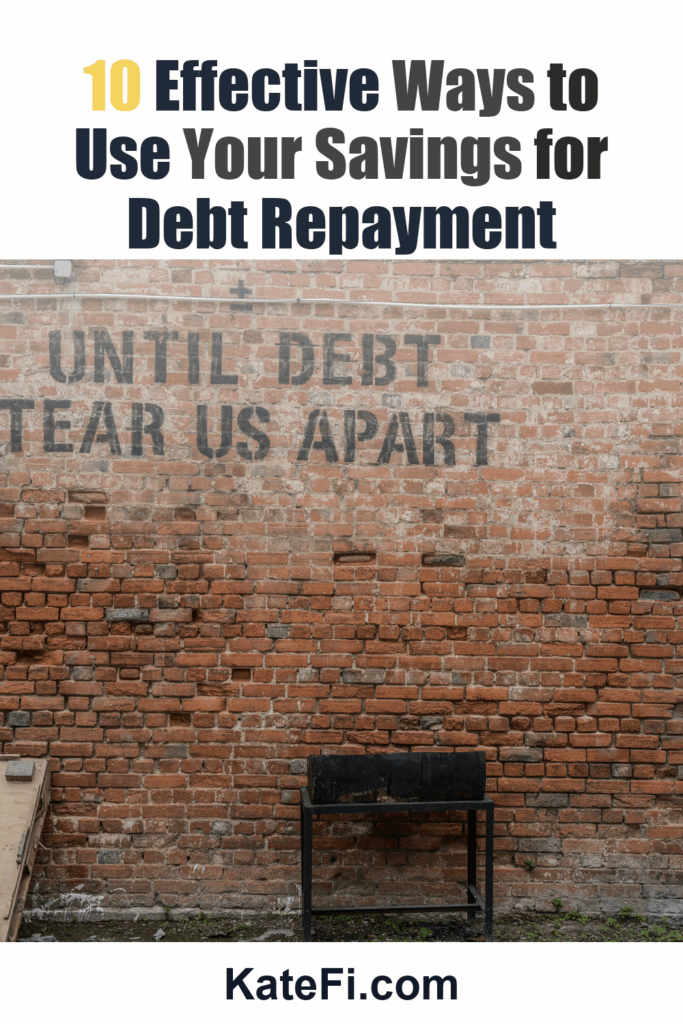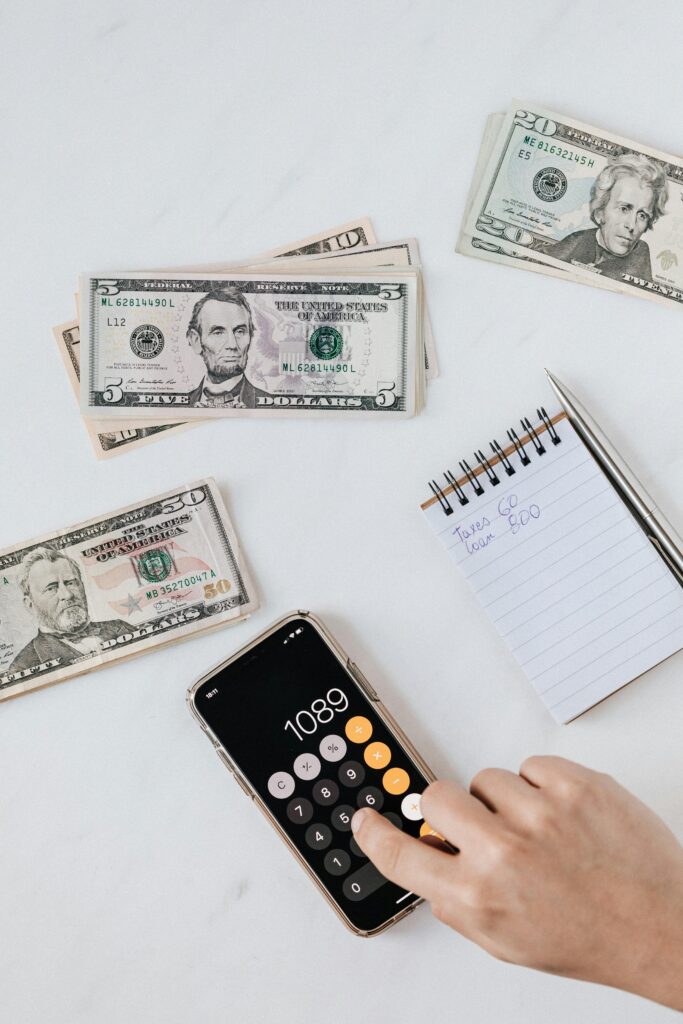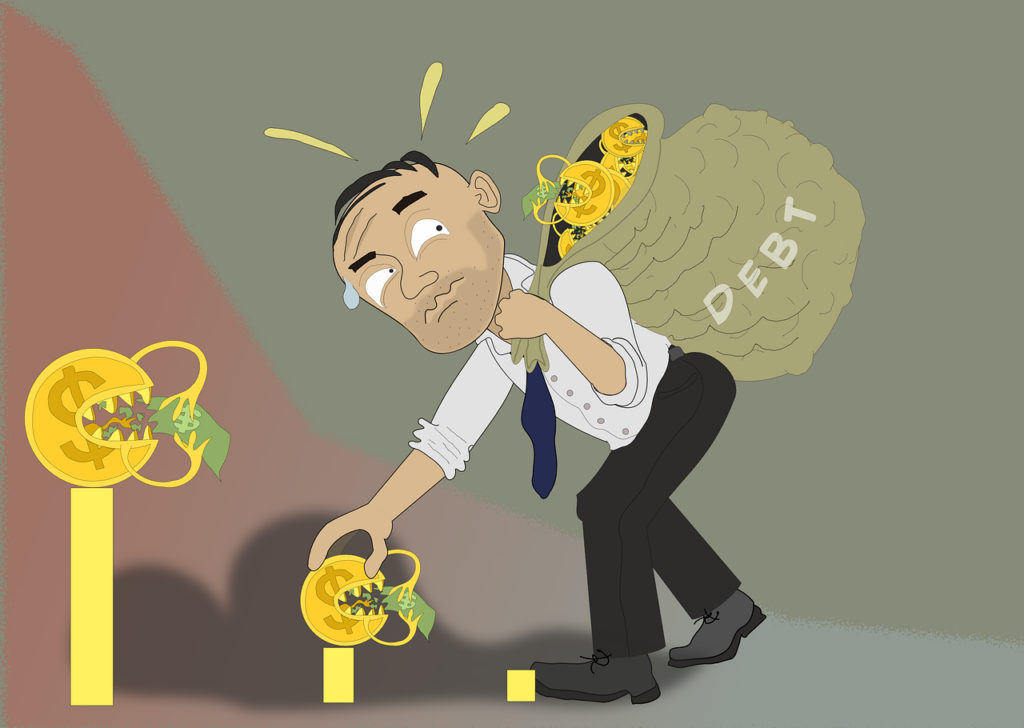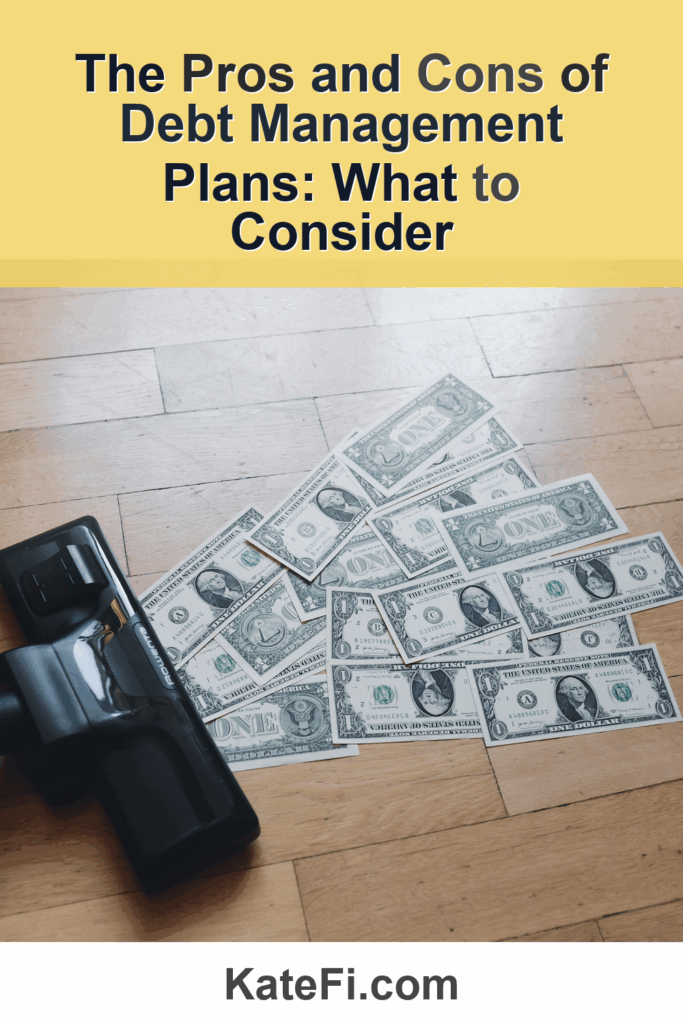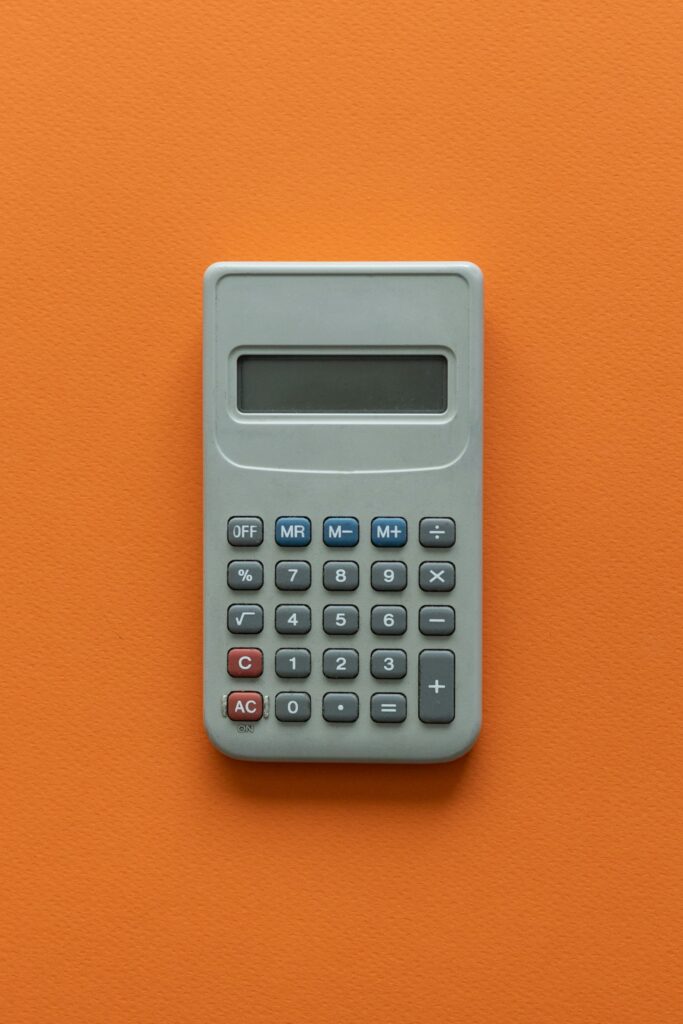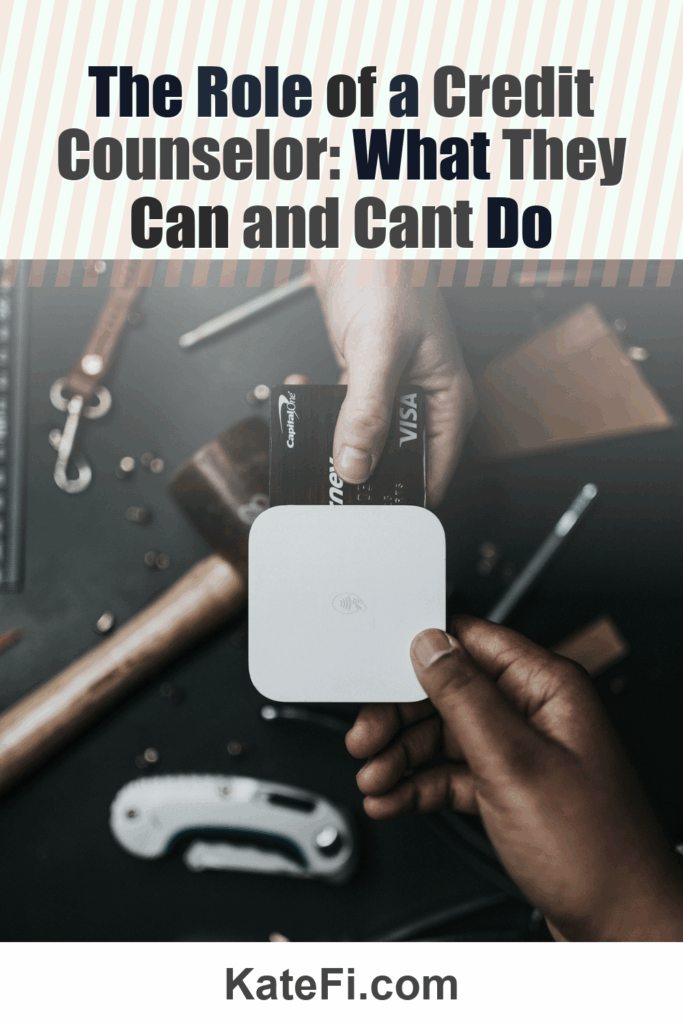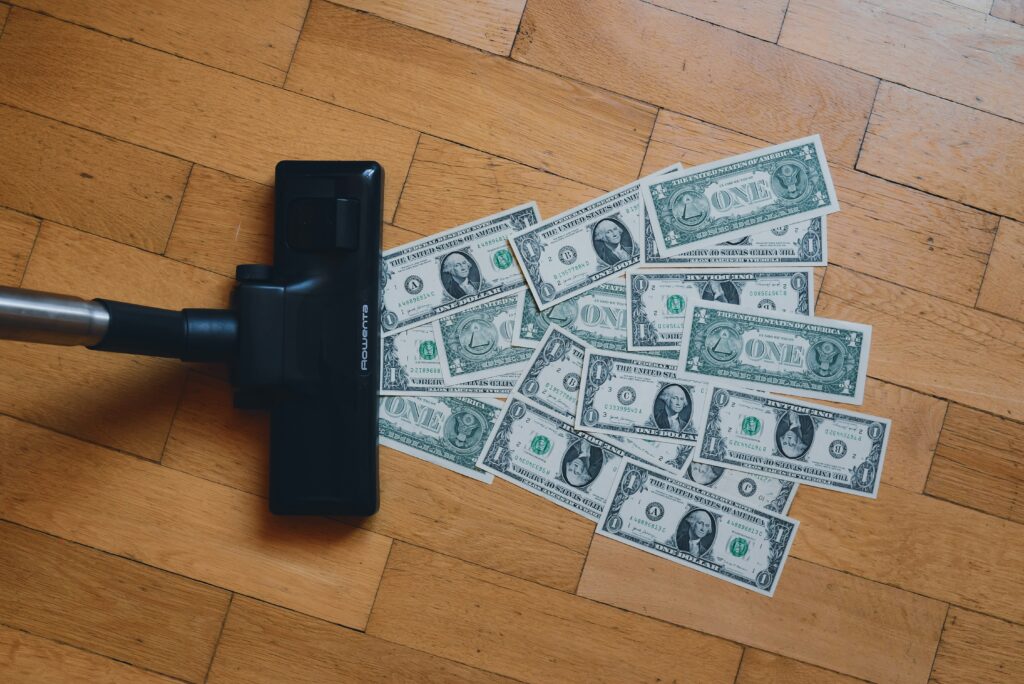Case Study: How Sarah Paid Off $20,000 in Debt in Just 18 Months
In today’s fast-paced world, managing debt can feel overwhelming. For many, a mountain of credit card bills and loans can lead to sleepless nights and anxiety. However, with the right strategy, it is possible to regain control and pay off significant amounts of debt in a relatively short period. In this case study, we’ll explore how Sarah managed to pay off $20,000 in just 18 months. We’ll address some frequently asked questions related to debt relief, credit scores, and her unique journey.
Love our content? Show your support by following us — pretty please!🥺
FOLLOW ON PINTEREST
Hi! I’m Kate, the face behind KateFi.com—a blog all about making life easier and more affordable.
Getting Started: Sarah’s Debt Story
What You’ll Learn on the Call
- Estimated timeline and monthly payment range
- How credit may be affected in the short term
- What documents to gather to move faster
Not available in IL, KS, OR, TN, UT, WV.
Before diving into the details of Sarah’s journey, it’s essential to understand her situation. Sarah was like many Americans, juggling multiple debts from credit cards, personal loans, and medical bills. The stress began to accumulate as her debt piled up to $20,000. When she realized that her financial situation was affecting her mental health and personal life, she decided it was time to take action.
FAQs About Sarah’s Journey
Q1: What was Sarah’s initial step in addressing her debt?
A1: Sarah’s first step was to conduct a thorough assessment of her financial situation. She made a list of all her debts, interest rates, and monthly payments. This helped her visualize the problem and recognize where she stood.
Q2: Did Sarah consider bankruptcy?
A2: Initially, yes. However, after consulting with a financial advisor, she learned about other debt relief options. She wanted to avoid the long-term damage that bankruptcy could inflict on her credit score.
Q3: How did Sarah’s credit score impact her decisions?
A3: Sarah was conscious of her credit score, especially since she wanted to buy a home in the future. She knew that while immediate debt relief could hurt her score, the long-term benefits of reducing her debt outweighed those temporary setbacks.
Q4: What types of debt did Sarah have?
A4: Sarah’s debt consisted primarily of credit card debt, a small personal loan, and a medical bill. Understanding each debt’s interest rate was crucial in forming her repayment strategy.
Q5: Did Sarah experience any hardship while managing her debt?
A5: Yes, she faced challenges, particularly emotional stress and the temptation to spend. However, she stayed committed to her goals and found a supportive community online.
Q6: How did Sarah create a repayment plan?
A6: Sarah used the snowball method, focusing on paying off her smallest debts first while making minimum payments on the larger ones. This gave her a sense of accomplishment and motivated her to continue.
Q7: Did she work with any professionals for help?
A7: Absolutely. Sarah sought a free consultation through KateFi to explore various debt relief options and strategies tailored to her needs.
Q8: What was the role of budgeting in her journey?
A8: Budgeting played a pivotal role. Sarah tracked her spending, cut unnecessary expenses, and allocated more funds toward debt repayment each month.
Q9: How did Sarah manage her credit during this period?
A9: She monitored her credit regularly and ensured she paid all her bills on time. By managing her accounts responsibly, she was able to minimize any negative impact on her credit score.
Q10: What documents should someone gather for a faster review of their situation?
A10: To streamline the process, gather the following documents:
- Current credit report
- Bank statements
- Pay stubs or proof of income
- Bills related to outstanding debts
- Loan agreements
Q11: How did Sarah cope with the emotional aspects of debt repayment?
A11: Sarah sought support from friends and family and joined online forums where she could share her experiences and gain encouragement from others facing similar challenges.
Q12: What were the long-term impacts of Sarah’s decisions?
A12: While Sarah experienced a temporary dip in her credit score during the debt repayment process, her improved financial health and reduced stress made the effort worthwhile. After paying off her debts, she began rebuilding her credit.
The Impact on Credit Score: Short-term vs Long-term Tradeoffs
Understand pros/cons of settlement vs consolidation vs DMP for your exact mix of debts.
Not available in IL, KS, OR, TN, UT, WV.
It’s crucial to discuss the short-term versus long-term impacts of Sarah’s debt repayment strategies. Many individuals are apprehensive about how their credit scores will be affected when pursuing debt relief options.
Short-term Impact:
In the short term, consolidating debts or negotiating with creditors can lead to a decrease in credit score. However, making timely payments during a repayment plan and eventually eliminating debt can mitigate this decline.
Long-term Benefits:
Sarah’s commitment to reducing her debt not only improved her financial situation but also positioned her to eventually enhance her credit score. With lower credit utilization ratios and a history of timely payments, she set the stage for a brighter financial future.
Here’s a quick comparison table of different debt relief options and their potential impacts on credit scores:
| Debt Relief Option | Short-term Credit Impact | Long-term Credit Impact |
|---|---|---|
| Debt Settlement | Significant drop | Possible recovery over time if managed well |
| Credit Counseling | Minor to moderate drop | Long-term improvement with responsible habits |
| Bankruptcy | Severe drop | Long-lasting impact but can offer fresh start |
| Debt Consolidation | Moderate drop | Improvement possible as debts are managed |
Conclusion and Next Steps
Sarah’s story is a testament to the power of determination, strategic planning, and seeking professional help when dealing with debt. By taking actionable steps and utilizing resources available to her, she successfully paid off $20,000 in debt within just 18 months.
If you find yourself in a similar situation, remember that you don’t have to navigate these challenges alone. It’s wise to reach out for help.
✅ See If You Qualify for Debt Relief
We recommend you schedule a free consultation with experts who can guide you through the options available based on your unique financial situation.
Lastly, remember: debt relief can affect your credit, but with the right approach, you can emerge more robust and financially savvy than ever before.
Important: This content is for education only—not legal, tax, or financial advice. Results and eligible programs vary by situation and state. Fees apply if you enroll and complete a program. Debt relief can affect credit; missed payments may lead to collections/lawsuits. Not available in IL, KS, OR, TN, UT, WV.





